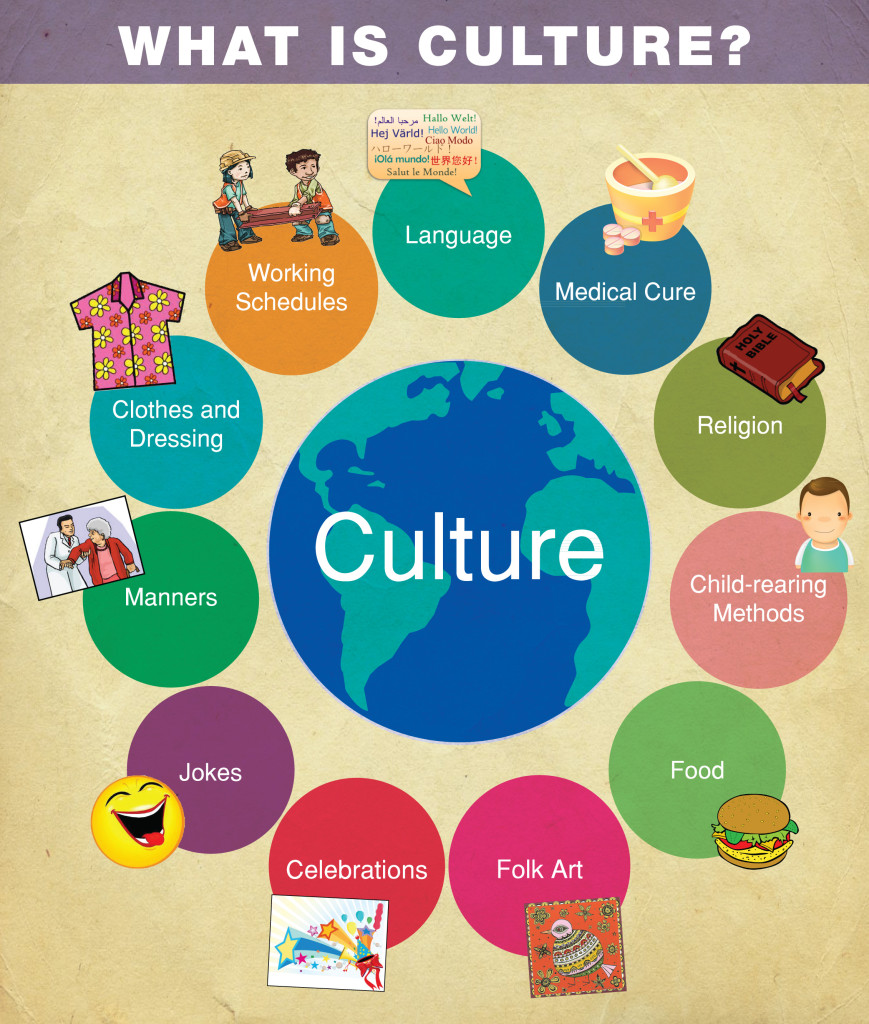Instructions for Side by Side Printing
- Print the notecards
- Fold each page in half along the solid vertical line
- Cut out the notecards by cutting along each horizontal dotted line
- Optional: Glue, tape or staple the ends of each notecard together
Introduction
front 1 Development | back 1
|
front 2 Life Expectancy | back 2 
|
front 3 Life-Span Perspective | back 3 
|
front 4 Plasicity | back 4
|
front 5 3 Types of Contextual Influences | back 5
|
front 6 Normative Age-Graded Influence | back 6
|
front 7 Normative History-Graded Influence | back 7
|
front 8 Nonnormative Life Events | back 8
|
front 9 Culture | back 9 
|
front 10 Cross-Cultural Studies | back 10 
|
front 11 Ethnicity | back 11 
|
front 12 Socioeconomic Status (SES) | back 12
|
front 13 Gender | back 13
|
front 14 Social Policy | back 14 
|
front 15 Biological Processes | back 15
|
front 16 Cognitive Processes | back 16
|
front 17 Socioemotional Processes | back 17
|
front 18 Prenatal Period | back 18
|
front 19 Infancy | back 19 
|
front 20 Early Childhood | back 20 
|
front 21 Middle and Late Childhood | back 21 
|
front 22 Adolscence | back 22 
|
front 23 Early Adulthood | back 23 
|
front 24 Middle Adulthood | back 24 
|
front 25 Late Adulthood | back 25
|
front 26 Four Ages According to Life Span Developmentalists | back 26
|
front 27 First Age | back 27
|
front 28 Second Age | back 28
|
front 29 Third Age | back 29
|
front 30 Fourth Age | back 30
|
front 31 Chronological Age | back 31
|
front 32 Biological Age | back 32
|
front 33 Psychological Age | back 33
|
front 34 Social Age | back 34
|
front 35 Nature-Nurture Issue | back 35
|
front 36 Nature | back 36
|
front 37 Nurture | back 37
|
front 38 Stability-Change Issue | back 38
|
front 39 Continuity-Discontinuity | back 39
|
front 40 Scientific Method | back 40
|
front 41 Theory | back 41
|
front 42 Hypotheses | back 42
|
front 43 Theories of Development | back 43
|
front 44 Psychoanalytic Theories | back 44
behavior is merely a a surface for characteristics |
front 45 Laboratory | back 45
|
front 46 Naturalistic Observation | back 46 
|
front 47 Standardized Test | back 47 
|
front 48 Case Study | back 48
|
front 49 Descriptive Research | back 49
|
front 50 Correlational Research | back 50
|
front 51 Experiment | back 51
|
front 52 Independent Variable | back 52
|
front 53 Dependent Variable | back 53
|
front 54 Experimental Group | back 54
|
front 55 Control Group | back 55
|
front 56 Cross-Sectional Approach | back 56
|
front 57 Longitudinal Approach | back 57
|
front 58 Cohort Effects | back 58
|
front 59 Conducting Ethical Research | back 59
|
front 60 Informed Consent | back 60
|
front 61 Confidentiality | back 61
|
front 62 Debriefing | back 62
|